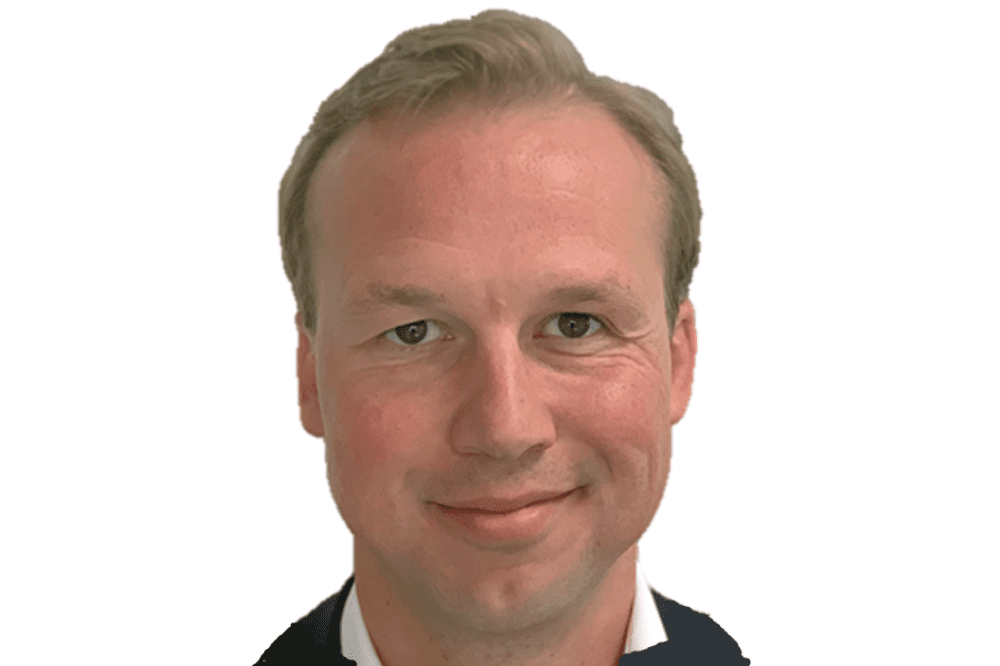

In turn, the response across the insurance industry has revealed the duality of feeling felt by so many as a celebration of a life well lived meets a consideration for what the future may hold. To my mind, it’s an extension and a reflection on the broader watershed moment facing the profession as it contemplates taking critical next steps amid an uncertain global environment.
In the wake of any passing, there is reflection on the past and the future, for the present never feels quite so real as it does when those two unknowable beings intersect. And the pomp and ceremony of the Queen’s funeral – which attracted the interest of many with little knowledge of or interest in the royal family – brings to mind a critical question facing the insurance profession. How can you embrace the clean slate offered by the future without throwing out the best the past has to offer?
Read more: Marsh, Beazley, Guidewire and more on the role of analytics in innovation
It’s a question being asked all across the profession as new opportunities for innovation, talent attraction and future-proofing the market come to the fore on an almost daily basis. In the move toward radical digital transformation, how can businesses avoid disengaging technology and systems that remain fit-for-purpose albeit appearing a little outdated?
In the drive for digitalisation, how can employers avoid the displacement of individuals whose roles are primed to become highly automated? And automation isn’t a button that will suddenly be pressed one day, it’s a slow and steady process, and leaders need to grapple with how to communicate its advance to those who feel their current contributions are being dismissed or undervalued.
Conversations about leaving people freed up to do more meaningful work are fair but these need to be ground-level discussions, communicated in an accessible and candid manner to the individual worker who has yet to see what that looks like in reality.
Read more: Innovation and diversity at insurance organisations go hand in hand
In the struggle to create a healthy pipeline of future talent, how can leaders prevent existing staff from being made to feel unappreciated or unseen? In the same vein, amid broader conversations about talent, how can real strives be made towards creating a diverse working environment that reflects our wider world without disadvantaging those who do not fit within those newly prized perimeters?
At the crux of all these questions is one problem – how to create a stronger, more innovative, more inclusive culture without losing the unique ‘something’ that has made this market what it is today. Because there is a culture in insurance and it’s a living, breathing thing. Like any living thing, it’s an imperfect specimen – always ripe for change even when it’s unwilling.
But that’s not to say there are not elements that need to be preserved and protected. And in our rush to create what we anticipate as being meaningful change, we must take care not to throw the baby out with the bathwater. The answer, if one exists, is surely to encourage every insurance business to take something of a gold-panning approach to crafting the future – being willing to siphon away the obsolete, the unnecessary and the unacceptable but keeping their eyes wide for the treasures that might not look like gold at first glance.
The personal touch, the power of networking and the advice of ‘unfashionable’ individuals who still have something important to say – these are all treasures of the insurance market, and as nothing gold can stay, they are essentially inimitable. So, take a note from Her Majesty’s funeral – there is some place yet for tradition, ceremony and the way things have always been done.
It’s our responsibility not to take a ‘never the twain shall meet’ approach to the past and the present, or to pretend that by dismissing the former we are protecting ourselves from its mistakes and not blinding ourselves to its lessons. Rather, it is our role to find the junctures where the past and the present can come together in a bid to create a brighter future.

















